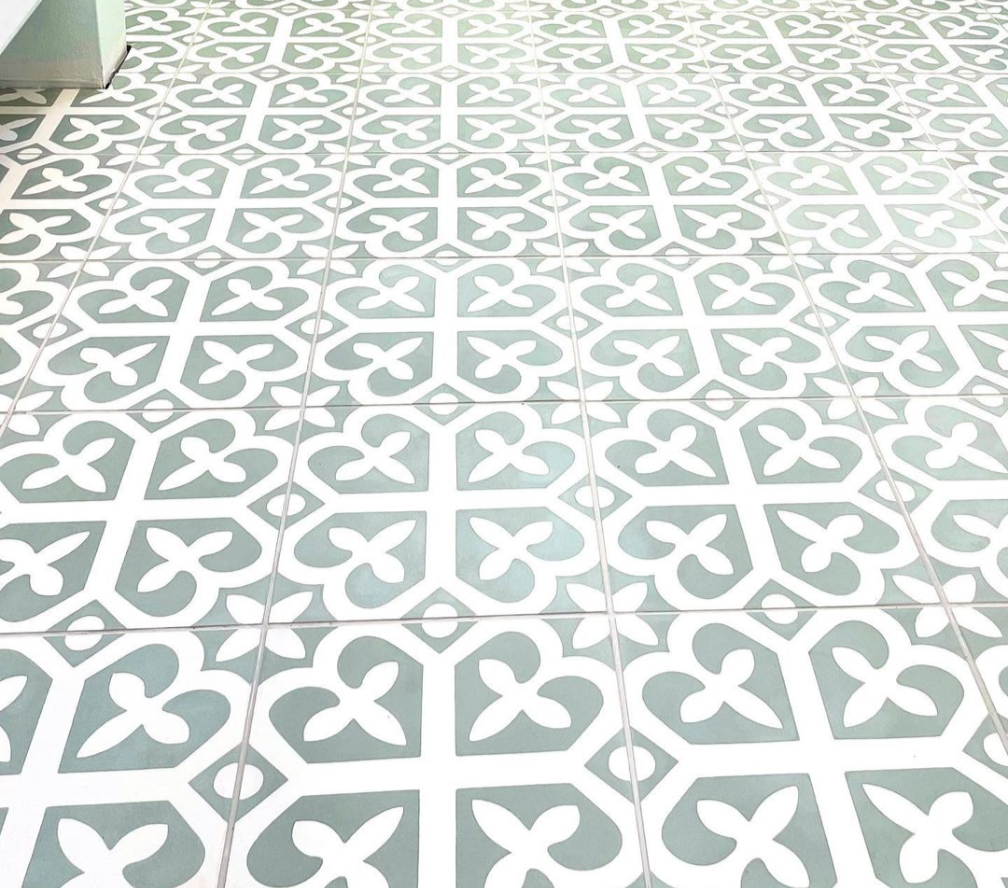
CEMENT INSTALLATION TIPS & GUIDE
We encourage our clients to consult a skilled tile setter for the installation
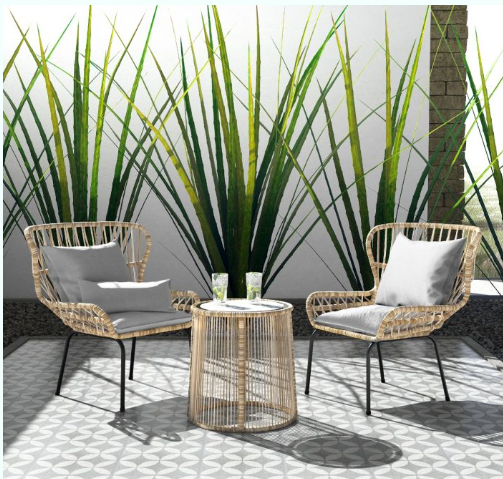
THE PROCESS
At New York Cement Tile, we pride ourselves on our ability to bring your design dreams to reality. Our team is adept at crafting custom designs, shapes, and textures tailored to your exact specifications, ensuring your project stands out with unique flair.
Why Choose Cement Tiles?
Crafted with natural materials, our cement tiles are not just a design statement but also a green product, aligning with sustainable practices. Their durability ensures they withstand the test of time, offering both aesthetic appeal and practicality.
The Making of Cement Tiles
Each cement tile is a testament to craftsmanship, made individually with meticulous attention to detail. Here's a glimpse into our production process:
- First Layer - Color Layer: This layer imbues the tile with color, brightness, and abrasion resistance. A delicate blend of white cement and crushed natural white marble pigments forms a 3-4mm thick layer.
- Second Layer - Structural Layer: Providing strength and stability, this layer consists of mortar cement and fine sand, approximately 12mm thick. Compressed together in our specialized cement tile press, these layers create a sturdy foundation.
- Quality Control: Our commitment to excellence extends to every stage of production. Each tile undergoes rigorous quality control, ensuring flawless execution and meeting our high standards.
Experience the Difference
When you choose New York Cement Tile, you're choosing quality craftsmanship and unparalleled attention to detail. Let us bring your vision to life with our bespoke cement tiles, meticulously crafted to elevate your space with style and sophistication.
INSTALLATION
Upon Receipt
Upon receiving your order, carefully inspect each tile throughout the installation process. Handle them with care, paying special attention to avoid damaging the corners and finished surfaces.
Storage
Store the tiles in a dry area to prevent moisture-related issues such as fading or color staining, which can occur if moisture seeps through from the bottom of the tile.
Color Variations
Cement tiles may exhibit color and tonal variations, requiring blending during installation for a uniform effect. Shuffle tiles from different boxes to achieve the desired result. Allow interior tiles to acclimate to their final environment before installation.
Surface Preparation
Cement tiles may have residue on the surface, which will be removed during cleaning and buffing after installation. Wet the back of each tile thoroughly with a sponge to ensure proper adhesion to the thin-set.
Installation Guidelines
- Install over a level, flat, and stable surface or suitable sub-floor. Drywall installation is acceptable for wall applications.
- Use a high-quality thin-set adhesive, such as products from Laticrete or Mapei, following the manufacturer's instructions. Avoid installing during extreme hot or cold weather.
- Apply adhesive to the full back of each tile using a large notch trowel (at least 1/2”). Spread adhesive on the floor and back butter the tiles similar to a natural stone installation.
- Ensure all tiles are level without using a mallet or rubber hammer. Apply hand pressure to level the tiles. Remove excess adhesive from the surface with a damp cloth or sponge while it is still fresh.
- Cut tiles using a sharp diamond blade with water to prevent chipping of edges.
Please Note: These installation instructions serve as guidelines. New York Cement Tile is not liable for errors, problems, or issues arising from installation.
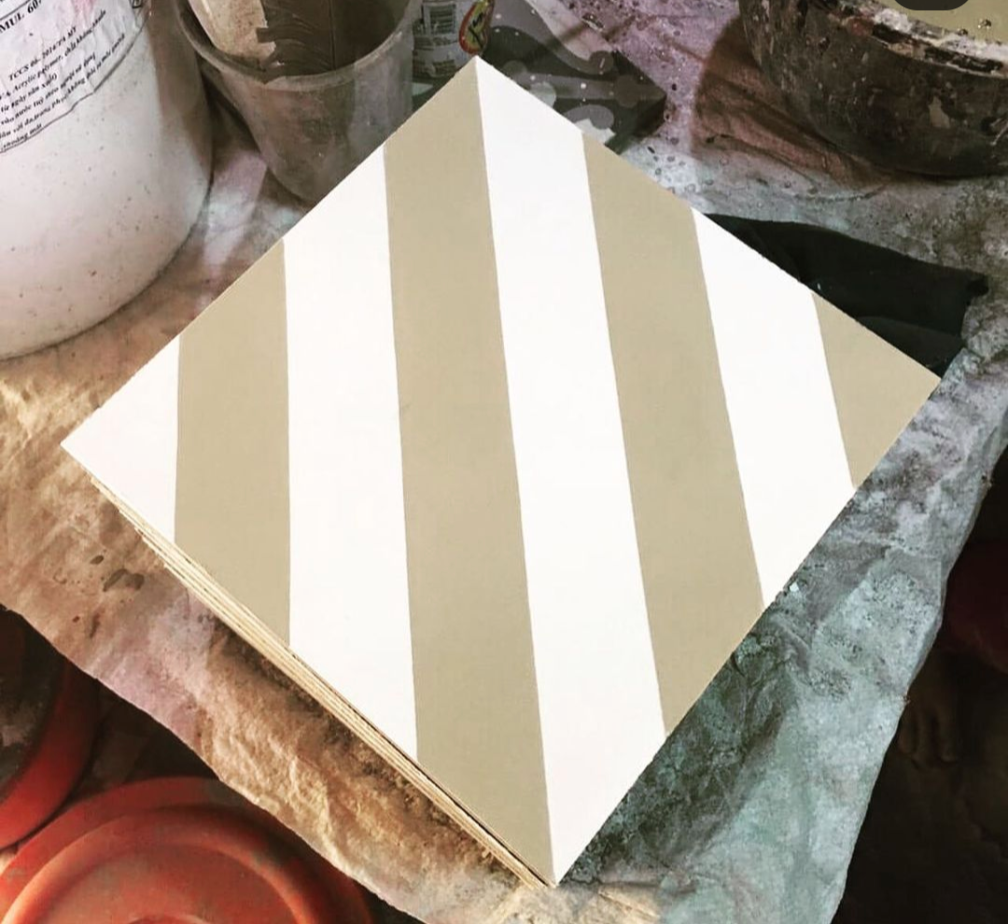
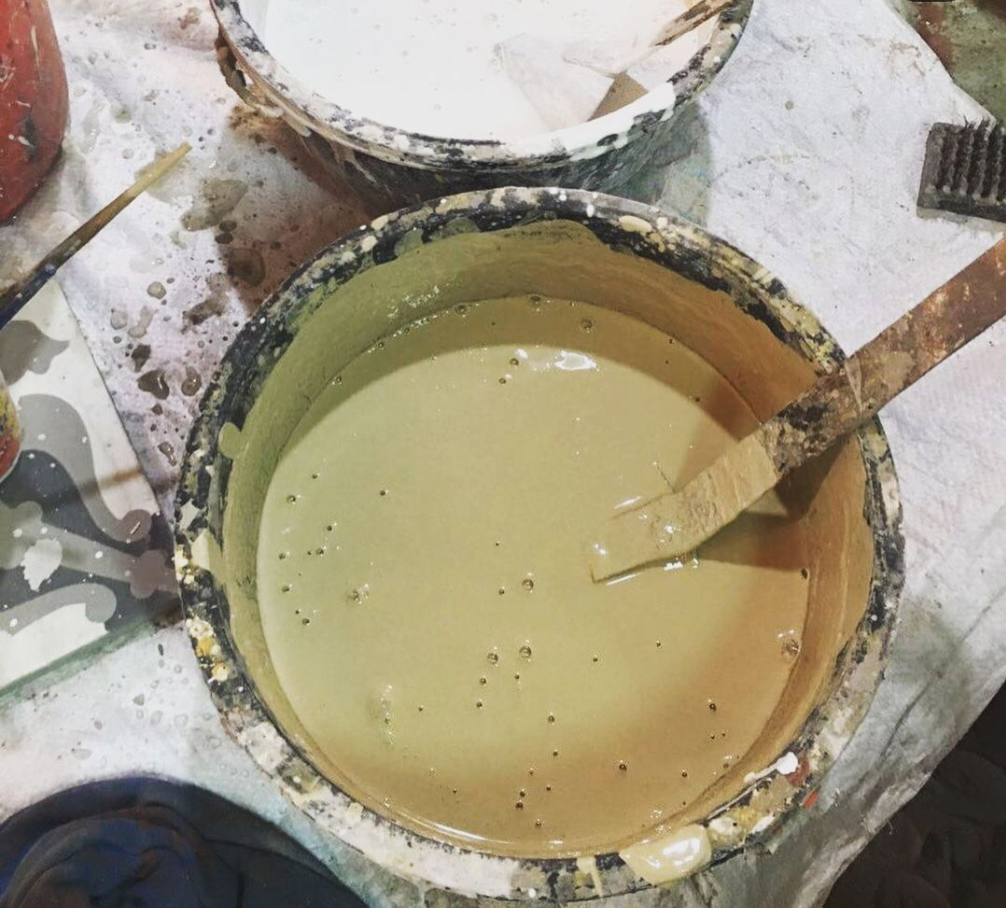
GROUT & SEALER GUIDELINES
- Our cement tiles come pre-sealed with two coats of sealer from the factory, eliminating the need for an additional layer of sealer.
- However, applying one layer of sealer after cleaning and before grouting acts as a grout release, preventing the tiles from being stained with grout.
- Please refrain from using any acids to clean the tiles and opt for a PH neutral cleaner instead.
- Allow two to three days for the sealer to cure after the tiles are laid before grouting of joints.
- For grouting, we recommend using Laticrete, Mapei, or equivalent unsanded grout, following the manufacturer's instructions.
- Aim for a tight joint width of 1/16" to 1/8", ensuring joints are full and free of voids and pits.
- During grouting, apply grout in small areas and immediately clean off excess. Avoid spreading grout over the entire floor like porcelain or ceramic tiles.
- Once applied, promptly remove excess grout as it begins to dry, as leaving it too long can make removal challenging.
- Please refrain from affixing duct tape, gaffer tape, or acid tape directly onto the surface of cement tiles, as it may cause discoloration or staining.
- For grouting, typically white or light-colored grout is recommended. If opting for colored grout, ensure it matches or is lighter than the lightest color in the tile pattern.
- Exercise caution when using black or dark grout, as it may stain lighter tile colors and prove difficult to remove post-installation.
- After installation, wash the floor with a neutral detergent to remove any residue or mortar immediately.
- Avoid leaving water or other liquids to spot, pond, or ring on the surface of smooth tiles.
- For hard-to-remove residue, consider using a single disc floor machine with a white pad.
- Finally, seal the clean floor, including grout, a second time with penetrating sealer.
Please note: These guidelines serve as recommendations only. New York Cement Tile will not be held responsible for any errors, problems, or issues arising from installation.
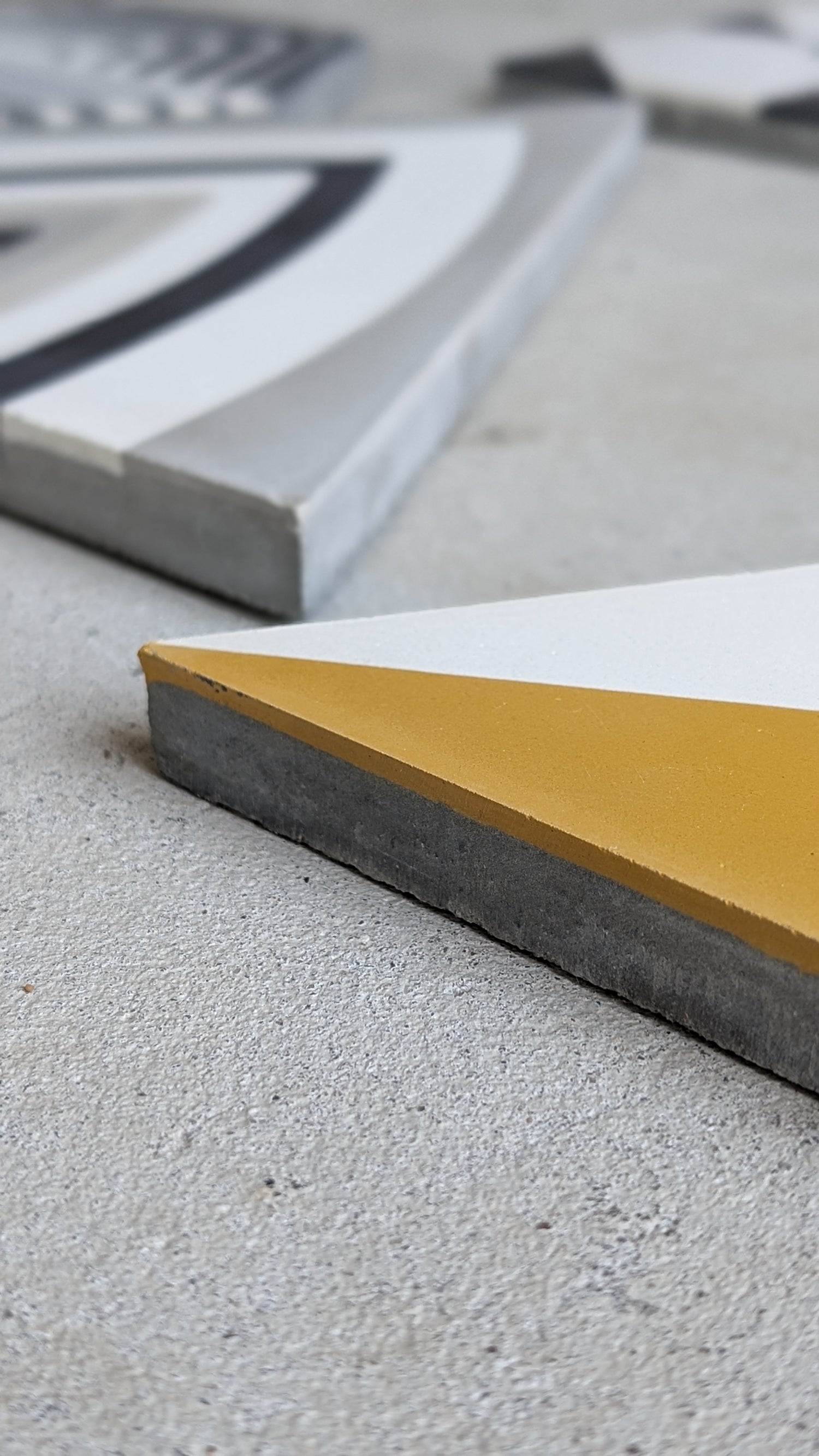
MAINTENANCE
- Immediate Protection: After completion, Over the tiles promptly with a protective covering to prevent damage during the remainder of construction.
- Regular Cleaning: For ongoing maintenance, clean the tiles regularly with a neutral detergent. Buff the tiles with a white pad to maintain their luster.
- Heavy Foot Traffic: Areas experiencing extremely heavy foot traffic may require additional maintenance.
- Natural Patina: Over time, a natural patina will develop as the floor is maintained and wears.
- Water Spotting: An ongoing maintenance routine will eliminate water spotting.
- Use of Walk-off Mats: Properly sized walk-off mats placed at entrances are essential. Sweeping or dust mopping is important to remove abrasive grit that may cause wear.
Please Note: These maintenance guidelines are provided for your convenience. New York Cement Tile will not be held responsible for any damage resulting from failure to adhere to these recommendations.

